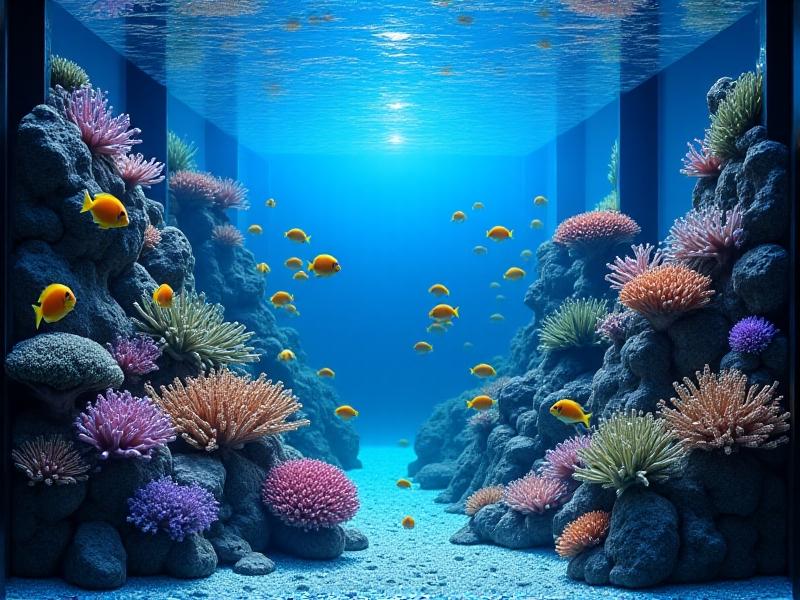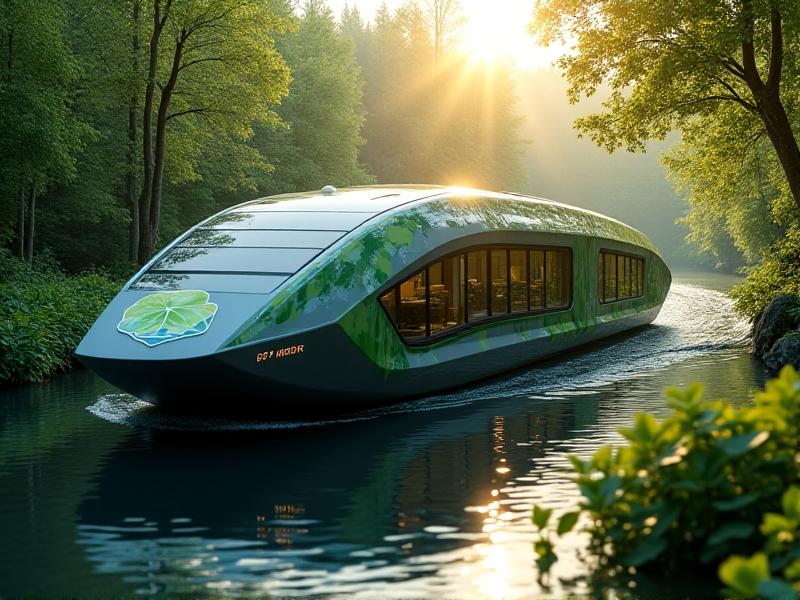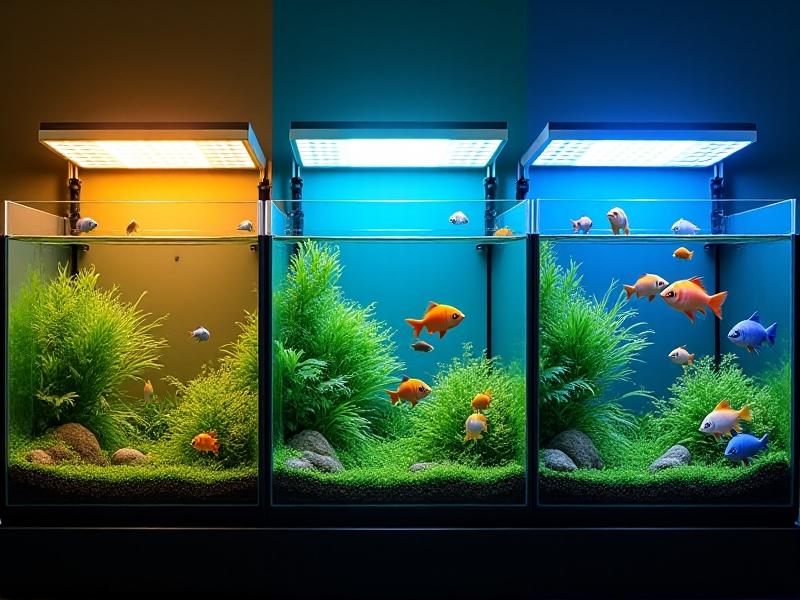Biodegradable Fish Food Options: Ingredients and Nutritional Value
The Rise of Biodegradable Fish Food: A Sustainable Shift
As the world becomes increasingly aware of the environmental impact of human activities, the aquaculture industry is no exception. Traditional fish food, often made from non-renewable resources, has been a significant contributor to water pollution and ecosystem degradation. Enter biodegradable fish food—a sustainable alternative designed to minimize environmental harm while providing essential nutrition for aquatic life. This shift is not just a trend but a necessity for the future of aquaculture.
Biodegradable fish food is crafted from natural, organic ingredients that break down more easily in water, reducing the risk of pollution. Unlike conventional fish food, which can leave behind harmful residues, biodegradable options decompose into non-toxic compounds that are less likely to disrupt aquatic ecosystems. This innovation is particularly crucial for fish farming operations, where large quantities of feed are used daily.
The development of biodegradable fish food is also driven by the need to address the over-reliance on fishmeal and fish oil, which are derived from wild-caught fish. By using plant-based and alternative protein sources, these eco-friendly feeds help reduce the pressure on marine resources. As consumers and producers alike become more environmentally conscious, the demand for sustainable fish food options continues to grow.
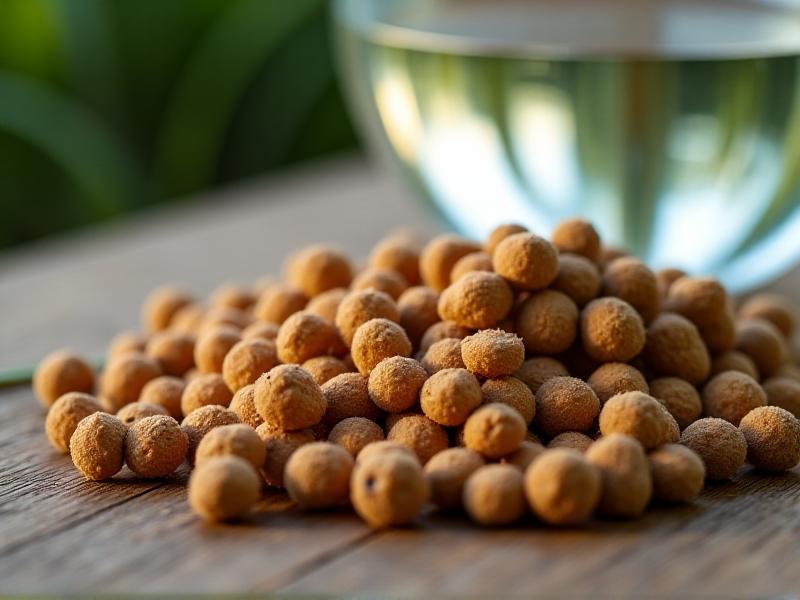
Key Ingredients in Biodegradable Fish Food
The composition of biodegradable fish food is what sets it apart from traditional options. These feeds are typically made from a blend of plant-based proteins, algae, insects, and other sustainable ingredients. One of the most common components is soybean meal, which is rich in protein and widely available. Algae, particularly spirulina and chlorella, are also popular choices due to their high nutritional value and ability to grow in a variety of conditions.
Insects, such as black soldier fly larvae, are emerging as a promising ingredient in biodegradable fish food. They are highly nutritious, containing essential amino acids and fats, and can be farmed with minimal environmental impact. Additionally, byproducts from the agricultural and food industries, such as rice bran and wheat gluten, are often incorporated to reduce waste and enhance sustainability.
Another innovative ingredient is single-cell proteins, which are produced by fermenting microorganisms like yeast or bacteria. These proteins are not only sustainable but also highly digestible for fish. The combination of these ingredients ensures that biodegradable fish food meets the nutritional needs of aquatic species while aligning with environmental goals.
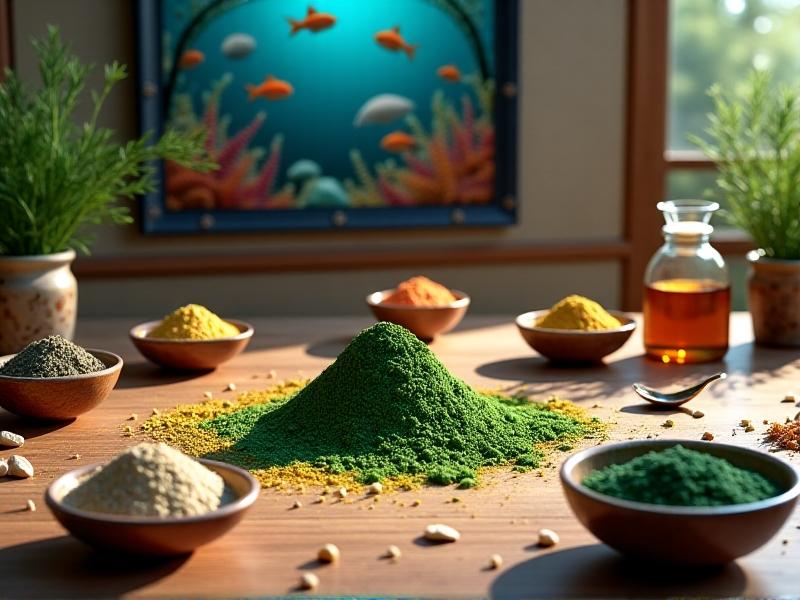
Nutritional Value of Biodegradable Fish Food
One of the primary concerns when transitioning to biodegradable fish food is whether it can provide the same level of nutrition as traditional feeds. The good news is that these eco-friendly options are carefully formulated to meet the dietary requirements of various fish species. They are rich in essential nutrients such as proteins, fats, vitamins, and minerals, which are crucial for growth, reproduction, and overall health.
Proteins derived from plant-based sources and insects are highly digestible and contain all the essential amino acids needed for fish development. Fats, particularly omega-3 fatty acids, are often sourced from algae, ensuring that fish receive the necessary lipids for energy and cell function. Vitamins and minerals are added to support immune function and metabolic processes, making biodegradable fish food a well-rounded dietary option.
Moreover, the absence of synthetic additives and preservatives in biodegradable fish food reduces the risk of adverse health effects in fish. This natural approach not only benefits the aquatic species but also contributes to the production of healthier and safer seafood for human consumption. As research continues, the nutritional profiles of these feeds are being refined to optimize their benefits.
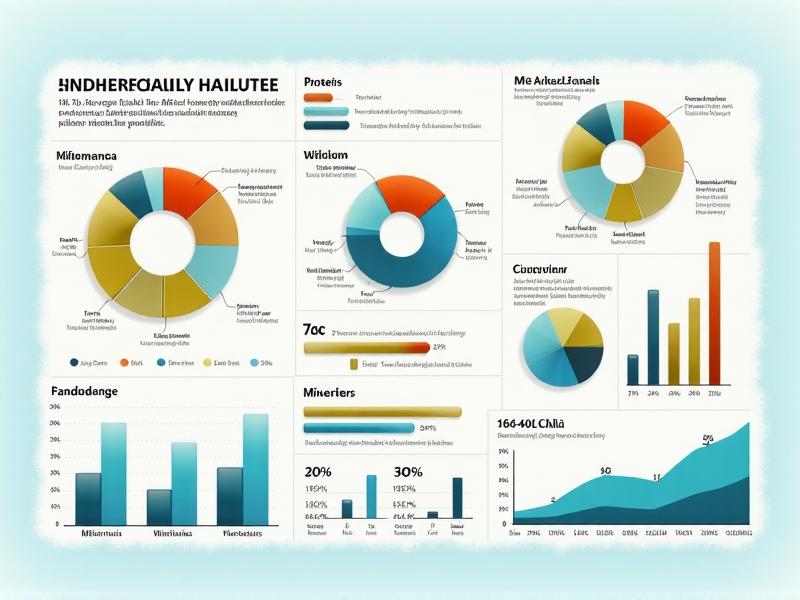
Environmental Benefits of Biodegradable Fish Food
The environmental advantages of biodegradable fish food are significant and far-reaching. By using ingredients that are sustainably sourced and easily broken down, these feeds help reduce the ecological footprint of aquaculture. One of the most notable benefits is the reduction in water pollution. Traditional fish food often contains synthetic additives and non-biodegradable components that can accumulate in water bodies, harming aquatic life and ecosystems.
Biodegradable fish food, on the other hand, decomposes naturally, leaving behind minimal residue. This not only keeps water cleaner but also supports the health of aquatic ecosystems by reducing the risk of algal blooms and oxygen depletion. Additionally, the use of plant-based and alternative protein sources reduces the demand for fishmeal and fish oil, which are often obtained through overfishing.
Another environmental benefit is the reduction of waste. By incorporating agricultural byproducts and food industry waste into fish food, these feeds help divert materials that would otherwise end up in landfills. This circular approach to resource use aligns with broader sustainability goals and promotes a more responsible aquaculture industry.
Challenges and Future Directions in Biodegradable Fish Food
Despite its many benefits, the adoption of biodegradable fish food is not without challenges. One of the primary obstacles is the cost. Sustainable ingredients and production methods can be more expensive than traditional options, making it difficult for some fish farmers to make the switch. However, as demand grows and production scales up, costs are expected to decrease.
Another challenge is the need for further research and development. While biodegradable fish food has shown promise, there is still much to learn about optimizing its nutritional value and ensuring its suitability for different fish species. Collaboration between scientists, industry stakeholders, and policymakers will be essential in overcoming these hurdles.
Looking ahead, the future of biodegradable fish food is bright. Innovations in ingredient sourcing, production techniques, and formulation are expected to enhance the quality and affordability of these feeds. As the aquaculture industry continues to prioritize sustainability, biodegradable fish food will play a crucial role in shaping a more environmentally responsible future.


